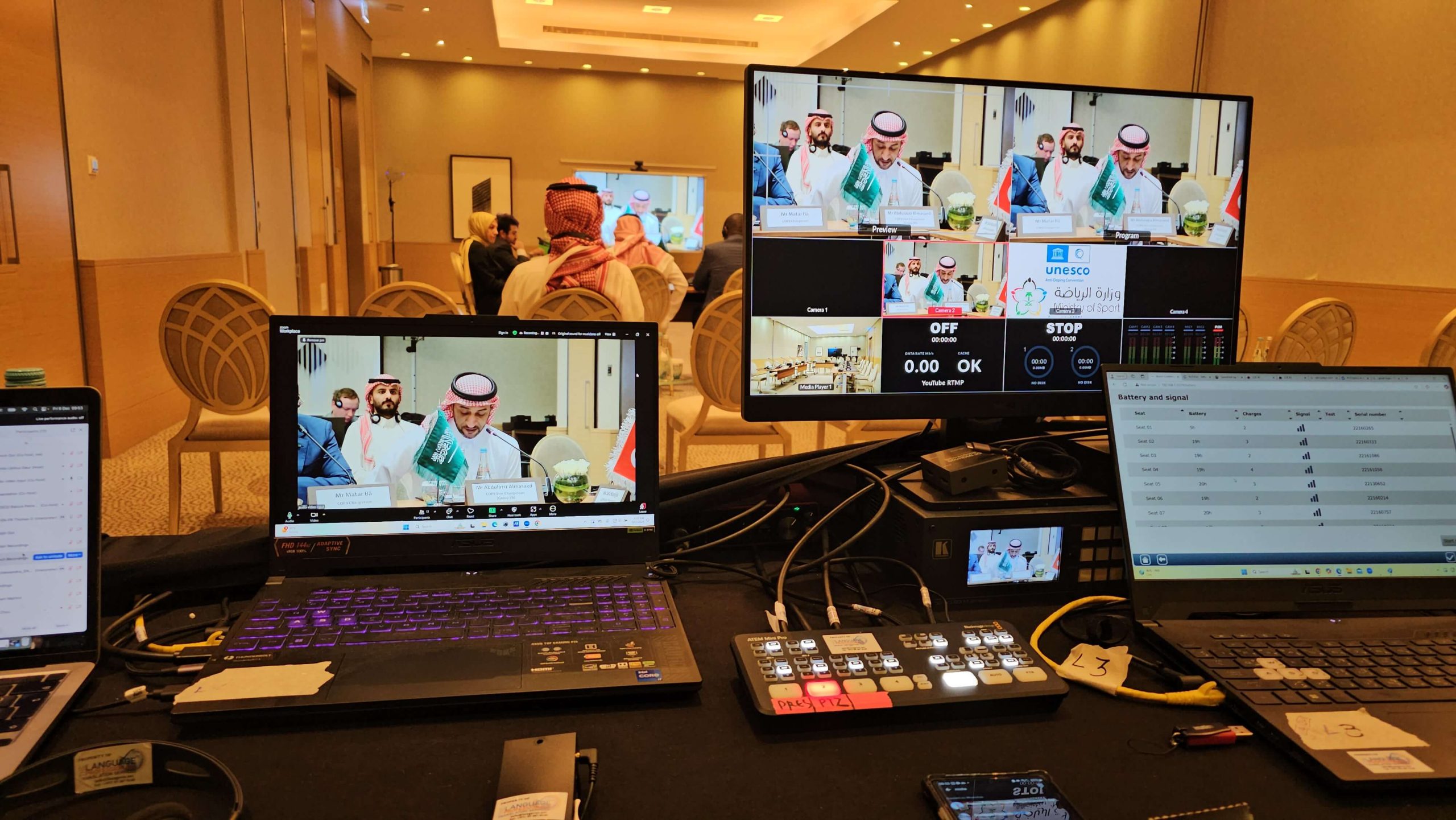Researched and written by Evangelos – ~3 min read

Effective localization holds immense importance in the dynamic realm of global software deployment. Organizations often face challenges when trying to make their software compatible with different languages and cultures in an effort to reach a diverse audience, . In this guide, we explore challenges and offer solutions for a smooth and affordable software localization process.
- Embedding Text Directly into Code:
-
-
-
- Mistake: Embedding text directly into the code not only hampers the localization process but also introduces complexities that can escalate costs and compromise translation consistency.
- Solution: Opt for a structured approach by utilizing separate resource files in formats such as JSON, XML, gettext, or YAML. This not only enhances version control but also streamlines the localization workflow.
-
-
- Not Accounting for Varying Language Lengths:
-
-
-
- Mistake: Ignoring the diverse lengths of languages can lead to interface congestion and require post-translation editing.
- Solution: Anticipate language expansion by designing interfaces to accommodate a 50% increase in string length. Implementing layout managers or storing dimensions in locale resource files offers dynamic adjustments for varying lengths.
-
-
- Specifying Language but Not Country:
-
-
-
- Mistake: Overlooking country-specific nuances can impede localization efforts, particularly in regions with language variations.
- Solution: Always use a complete locale that includes both language and country codes (e.g., fr-FR or en-GB). This precision ensures accurate localization, accounting for language and regional differences.
-
-
- Concatenating Strings:
-
-
-
- Mistake: Hard-coding sentences with placeholders can confound translators and hinder the fluidity of the localization process.
- Solution: Foster a translator-friendly environment by constructing complete sentences. Allow for flexibility in sentence structure and the repositioning of placeholders for coherent translations.
-
-
- Not Supporting Unicode:
-
-
-
- Mistake: Neglecting proper character encoding can result in corrupted translations, particularly when handling Unicode characters.
- Solution: Uphold the integrity of translations by universally adopting UTF-8 encoding across all layers of the software stack, promoting consistency across browsers, servers, and applications.
-
-
- Hard-Coding Numbers, Units, Dates, and Times:
-
-
-
- Mistake: Embedding fixed formats for numerical data and time-related elements can disrupt the localization process due to varying formats in different locales.
- Solution: Embrace flexibility by utilizing localizable strings for numbers, units, dates, and times. Leverage libraries to support diverse locales, ensuring accurate formatting tailored to each region.
-
-
- Not Considering Vertical Writing and Right-to-Left Languages:
-
-
-
- Mistake: Overlooking the intricacies of vertical writing and right-to-left languages can lead to layout inconsistencies.
- Solution: Implement a proactive design strategy to accommodate vertical writing and right-to-left languages, ensuring a cohesive and culturally sensitive user interface.
-
-
- Using Images with Embedded Text:
-
-
-
- Mistake: While images can enhance user understanding, those containing embedded text may pose challenges for translators and incur additional costs.
- Solution: Separate textual content from images, treating text as an independent component. This approach facilitates efficient translation management and preserves cost-effectiveness.
-
-
- Not Prioritizing Localization Testing:
-
-
-
- Mistake: Deferring localization testing until late stages can amplify errors and necessitate extensive rework, potentially delaying software deployment.
- Solution: Integrate localization testing early and consistently throughout the development lifecycle. Proactive testing ensures the identification and resolution of localization issues promptly, fostering a robust and reliable software localization process.
-
-
By steering clear of these pitfalls and embracing proactive solutions, organizations can embark on a software localization journey that transcends linguistic and cultural barriers, paving the way for global success. As an essential part of global expansion, the strategic localization of software positions organizations for enhanced user experiences and sustained international growth.





